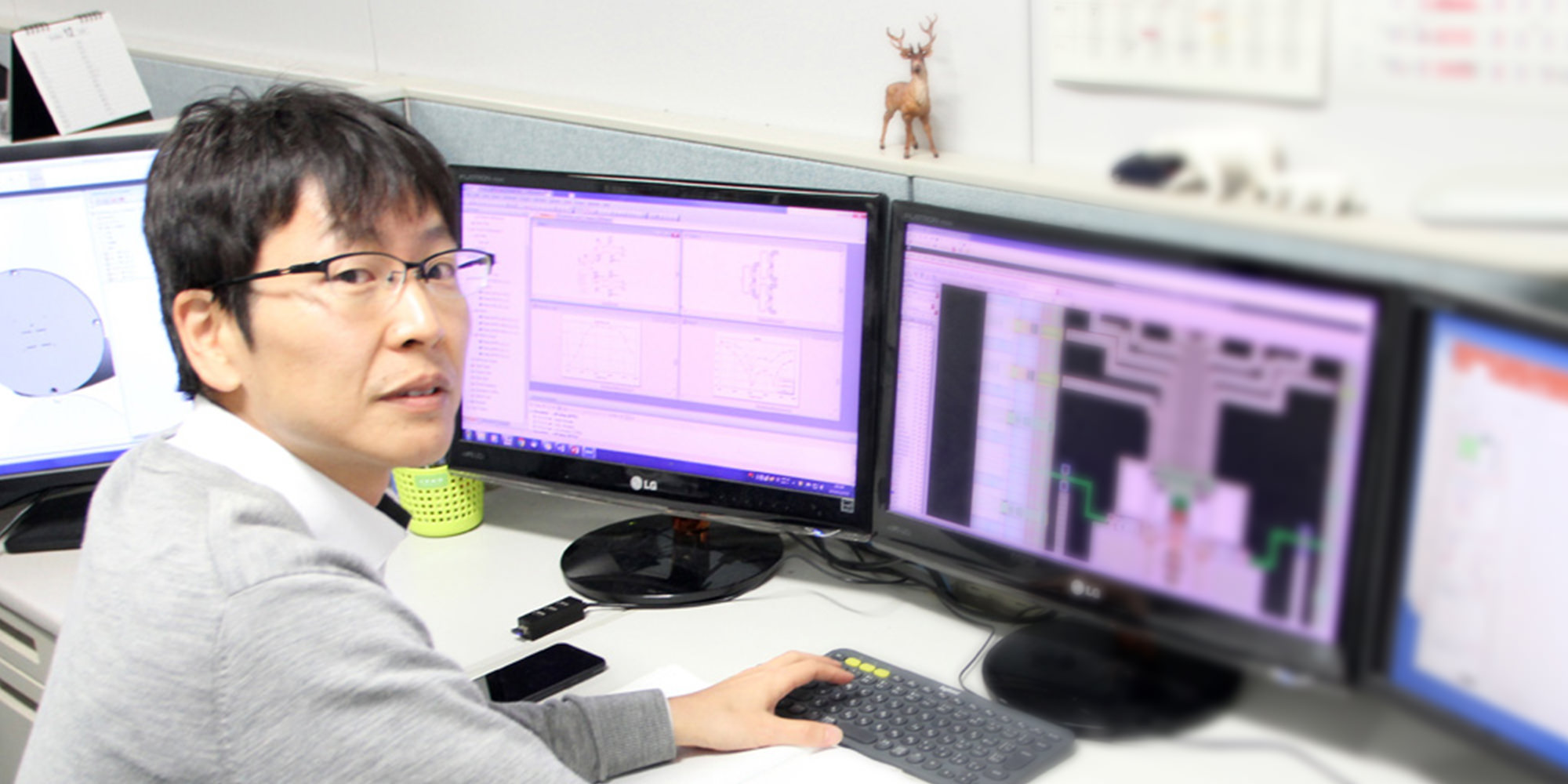
Senior Researcher
HARA MotoakiPh.D. (Engineering)
Hara Motoaki joined Fujitsu Laboratories Co., Ltd after earning his Ph.D. (Engineering) degree. He then worked as an associate professor in the Graduate School of Engineering at Tohoku University before joining NICT in 2016. He has been engaged in the development of microdevices using semiconductor microfabrication technology.
- Home
- Researchers
- HARA Motoaki
An atomic clock evolves as a microdevice
Ultraprecise Clock Chips to support the IoT Era
Introduction
The microwave atomic frequency standard, which uses the electron orbitals of alkali metal atoms, was adopted as the definition of the second in the 1960s. Since then, atomic clocks based on this standard have supported time standards in various countries. Although the atomic clock has been a rack-mount-type device so far, it has been miniaturized in recent years, and atomic clock modules of several square centimeters are now available.
The devices around us, such as mechanical watches, computers, phones, and audio players, were first developed for the aerospace industry or infrastructure, then miniaturized and wearable for our life. Such progress promotes the progress on electronic chips contained in these devices, and the degree of integration of electronic parts, storage, sensors, microphones, and other components is also remarkably progressed.
Even atomic clocks, which are managed by the Japan Standard Time at the Space-Time Standards Laboratory, will be miniaturized and wearable. In next-generation mobile phones, efficient coordination through synchronization is required among various communication terminals, including sensors. In next-generation automobiles, improvements in the accuracy of time synchronization and position estimation are being spotlighted in the trend of smart and automated driving. This situation means the dawn of the explosive miniaturization of atomic clocks, which are ultraprecise clocks, as they are developed for consumer use.
My research team is working on creating technologies that will contribute to the next generation of the wireless applications by taking the initiative to ultraminiaturize and develop chip technology for atomic frequencies.
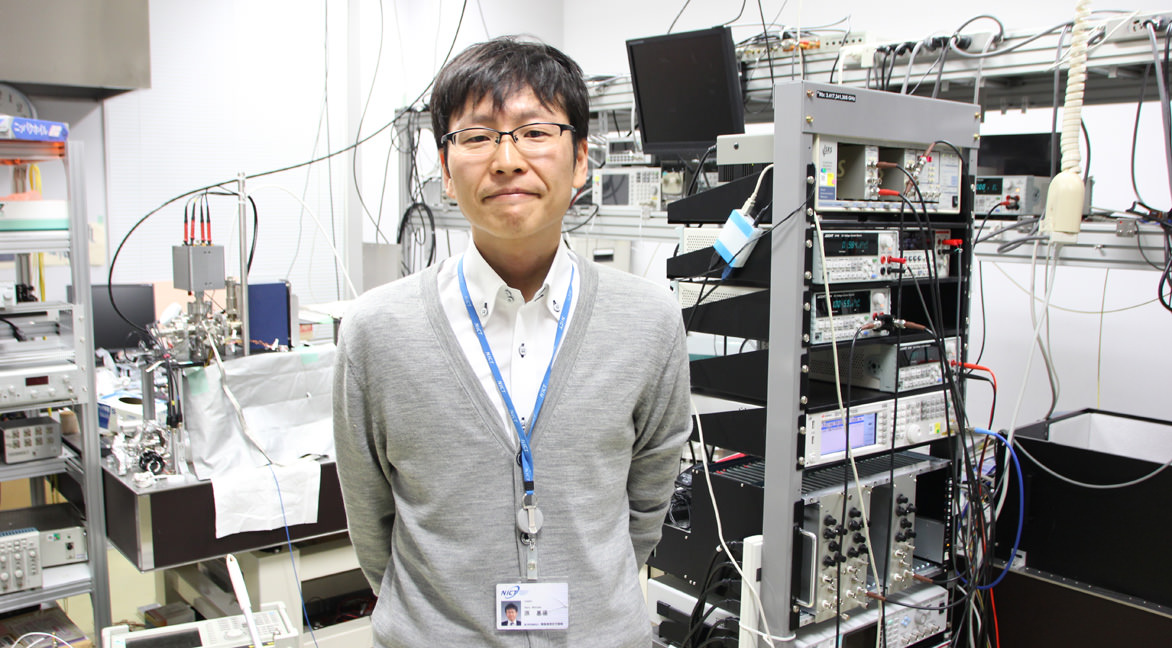
Senior Researcher Hara, who is developing microchip technology for atomic clocks
Why are ultraprecise clocks needed?
A precise clock is essential for exploring unexplored regions. When we travel through an unfamiliar city, we walk with a map in our hands. In a world without a map, we must carefully calculate and record our path while measuring time and speed. Our research team is focusing on such application of a precise clock and is aiming to ultraminiaturize a high-precision atomic clock using silicon microfabrication technology. This challenge will provide great possibilities for exploring "unmapped worlds" such as the deep sea and space.
An atomic clock is a key device in the IoT era. Smartphones and drones have a large number of sensors, and in these sensors, the "map" is given by radio waves from a GPS satellite. However, radio waves are dependent on the environment and cannot be received at all times. When using GPS, we judge our location comprehensively on the basis of a map at hand and our vision, so the temporary loss of radio waves is not a problem. However, for a small sensor component, the interruption of GPS signals is analogous to closing our eyes. The use of an atomic clock chip will make up for the instability of GPS and make it possible to continuously provide time and position information to sensor components within the same device. This means that many sensors will continuously share the time and coordinates. This will make it easy to integrate measurement data that have been scattered over time and space into big data. If this technology is applied to drone imaging, it will also make it easier to obtain 3D and 4D images of places where humans cannot go.
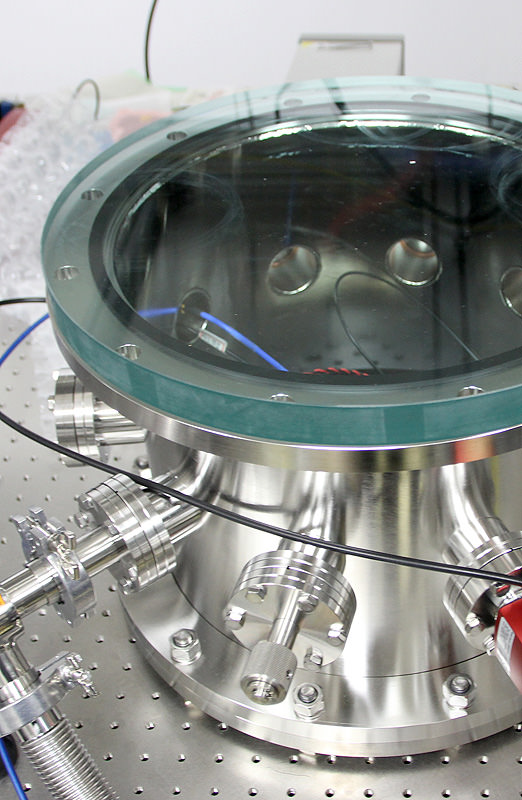
Environmental testing equipment for microdevices
Efforts to develop atomic clock chips
An atomic clock is a system for stabilizing the frequency of a microwave oscillator to a very narrow resonance peak obtained by the interaction between alkali metal atoms and a laser (Fig. 1). It can use the orbit of an atom as time and frequency references and can provide an extremely stable and precise clock signal.
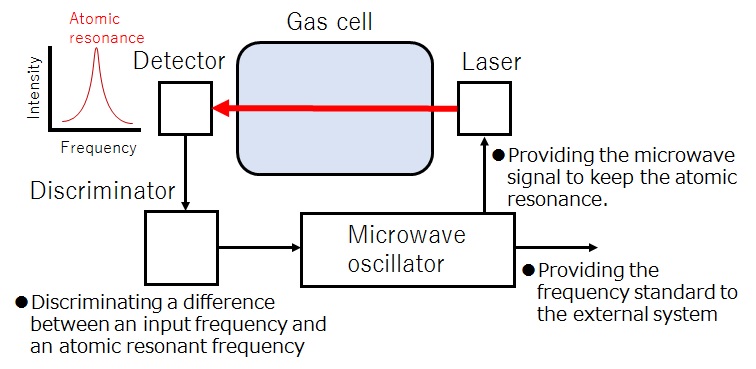
Figure 1. Principle of atomic clock
Progress has been made in the development of atomic clocks, mainly in Europe and the United States. In particular, the miniaturization of devices for obtaining resonance lines has made significant progress. However, the miniaturization of microwave oscillators and control circuits for stabilizing these oscillators is ongoing. Our team focused on this point and proposed a new atomic clock system that uses the mechanical resonance induced by piezoelectric thin films for microwave oscillators (Figs. 2 and 3). These piezoelectric thin films, which are less than 1 m in thickness, show strong vibrations (resonance) in the same frequency band as that obtained by the resonance lines of atoms. Therefore, tuning control is easy, and the oscillator and control circuit can be considerably simplified and miniaturized. As a result, the power consumption and chip area of atomic clocks on the market can be markedly reduced.
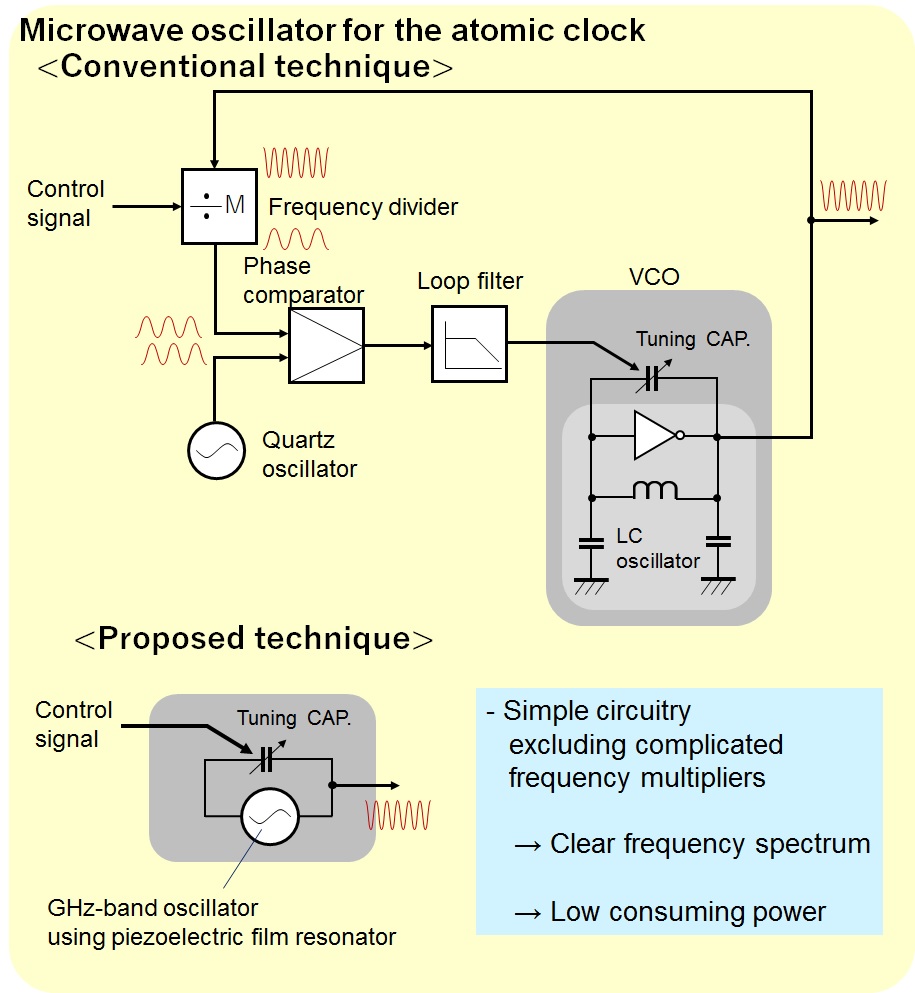
Figure 2. Microwave oscillator: comparison between proposed and conventional techniques
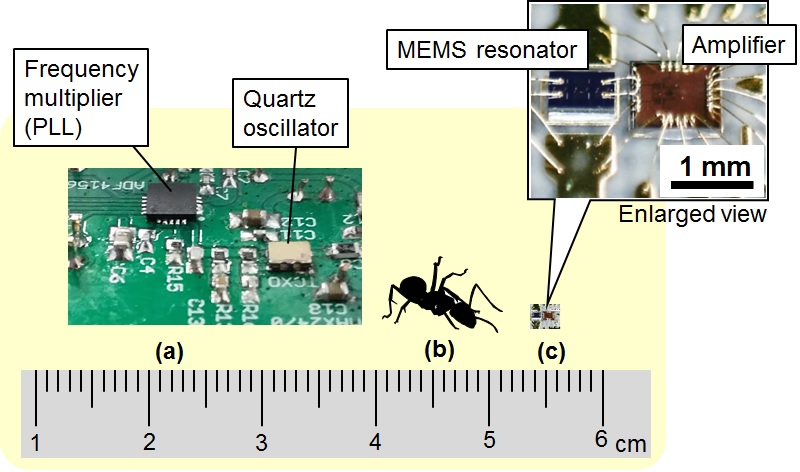
Figure 3. Miniaturization of an atomic clock oscillator circuit: (a) microwave oscillator using a conventional crystal resonator, (b) black ant (Camponotus japonicus) (body length: 7 to 12 mm), and (c) newly developed microwave oscillator
Smartphones are equipped with many of the advanced technologies used in artificial satellites. If an atomic clock is built into a smartphone, we can carry the same functions of artificial satellites in our pockets. This heralds a bright future for the creation of new industries and services.
Future prospects
Since atomic clocks require high-level control of power and frequency in oscillator, power and wavelength in laser, magnetic fields, and temperature, they are extremely complex scientific instruments. Therefore, their development requires a wide range of interdisciplinary knowledge. Furthermore, to integrate atomic clocks into microchips, expertise in processing technologies, such as those for the miniaturization of gas-filled cells and three-dimensional mounting, is also necessary.
To steadily provide devices that actually operate and benefit our society without falling into the loop of only research, it is indispensable to cooperate with various people who follow our activities, including researchers at universities or companies. Toward the conversion of atomic clocks into microchips, in addition to studying and developing core technologies, we are also actively establishing collaborative organizations and opportunities for discussion. Please look forward to our future research results.
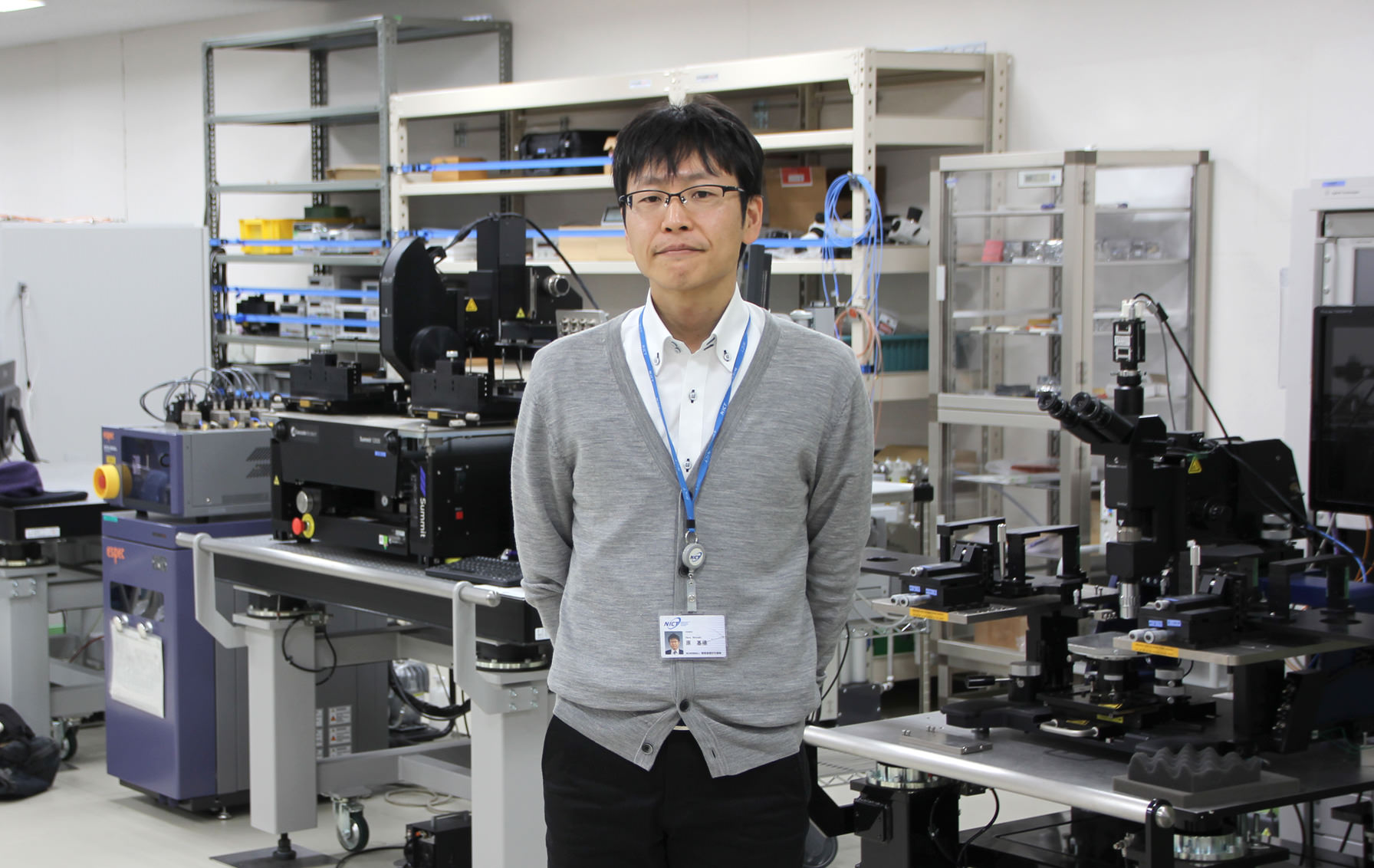
- Home
- Researchers
- HARA Motoaki